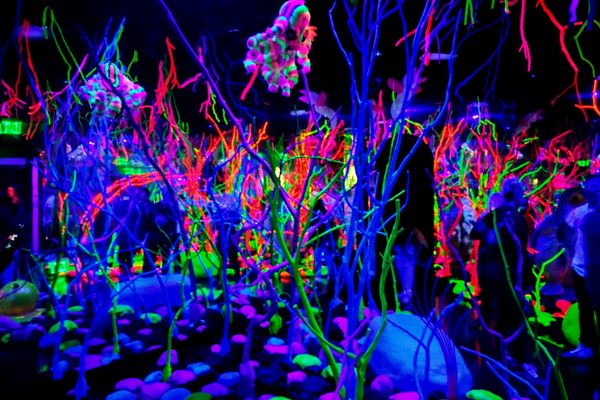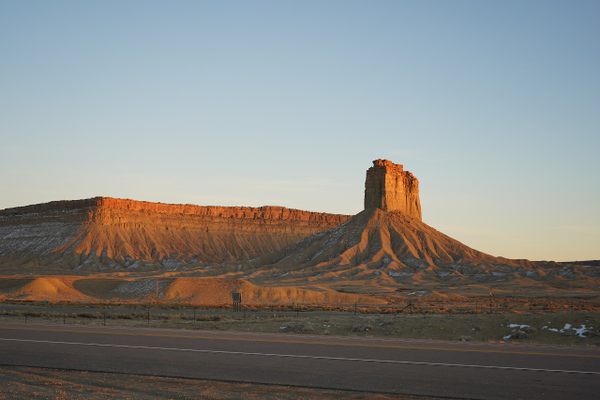About
Humans have a tendency to carve their names or initials to sandstone cliffs and cave walls, but unless this type of graffiti dates back to hundreds of years these, the markings are not considered to be something valuable and are actively discouraged. This makes discovering some cliffs filled with not graffiti, but mysterious centuries-old symbols, come as quite a surprise.
The Virtaka Cliff carvings were discovered in 1986 by local cave researcher Guntis Eniņš. It’s hard to get an exact estimate of how old these pagan symbols and marks are because historical records of them are lacking.
The cliffs are covered with different circles, crosses, zigzag signs, stylized human figures, and other marks. The symbols’ meanings are yet to be determined. The most common theory is that they’re old ownership or property marks. However, it is not clearly explained why such property marks were all scrawled into this remote and difficult to reach cliff.
Another opinion is that the symbols were left on the cliff during a funeral ritual as a commemorative token about a person or as a protective sign for the soul. Yet another interpretation is that these symbols have a ritual or sacrificial meaning, marks left by old sorcerers or healers that still followed pagan beliefs after these areas were Christianized.
It is also proposed that these marks constitute an ideographic script and the Virtaka Cliff tells a story about the mythical world view of the local people, the Livonians, who had a difficult and tragic history.
Livonians once populated quite a large area in southern Estonia and northern Latvia. During the Christian crusades to Northern Europe, the Livonian king, Caupo of Turaida, willingly converted to Christianity. The Livonians fought with the still-pagan Latvians and Estonians, and during the Livonian Crusade, most of the population was killed. Now, there are fewer than 300 people of Livonian ancestry, and their language is considered extinct.
Related Tags
Know Before You Go
You need your own transport to visit this place. It is not possible to drive directly to the site. Be prepared for a challenging hike along the Brasla river. The place itself is correctly signposted once you reach it. Part of the cliff has been vandalized, so please be respectful to the history of this place!
Anybody who is interested to see these petroglyphs but is unwilling to take a trip to the Brasla River can view a copy of the cliff in the National Library of Latvia. The symbols are all magnified by four times and represented on a wall of the Virtaka lecture room. It's located on the ground floor, and you can ask the staff to let you see it.
Community Contributors
Added By
Published
April 18, 2019
Sources
- http://www.dabasretumi.lv/Raksti/SLaimKlinsuRaksti.htm
- https://www.entergauja.com/en/things-to-do/nature/objects/virtakas-iezis
- https://thisisthetcson.files.wordpress.com/2016/07/cosmos-22-1.pdf
- https://www.folklore.ee/folklore/vol18/news.pdf
- https://www.lnb.lv/en/conference-and-events-premises/virtaka-lecture-room
- https://www.google.com/maps/place/Virtakas+iezis/@57.2784828,24.9437043,15.5z/data=!4m13!1m7!3m6!1s0x46e9523c1d21cc75:0x400cfcd68f31940!2sKrimulda+Parish,+Latvia!3b1!8m2!3d57.2146382!4d24.7706923!3m4!1s0x46e956e6738d487d:0xfd31d7ab6a3046f2!8m2!3d57.2794574!4d24.9473923

























